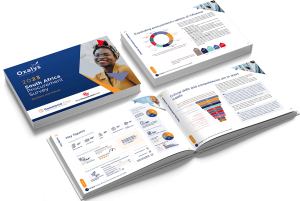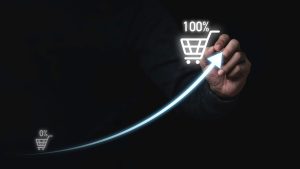 If any department needs 20/20 vision, it’s procurement. But most of us are buying blind, without the information we need at our fingertips. Top executive at Sievo, Finland-based global leaders in procurement analytics, Sammeli Sammalkorpi, says A1 technology is the answer.
If any department needs 20/20 vision, it’s procurement. But most of us are buying blind, without the information we need at our fingertips. Top executive at Sievo, Finland-based global leaders in procurement analytics, Sammeli Sammalkorpi, says A1 technology is the answer.
Procurement may be one of the most data-fueled teams in an organisation — and for good reason.
They are charged with managing risks, controlling costs and optimising buying power for entire companies — a job with so many complex decisions that even maintaining useful levels of visibility causes more than a few headaches. With the right data to see the full story of an organisation’s spend, procurement teams can make companies better. With not enough or the wrong data… well, there are going to be problems.
What procurement can see now
Current spend analysis strategies only give procurement teams a fragment of the full picture. They often rely completely on internal data sets and structured data sources to track KPIs like spend year-over-year, forecasted vs actual spend, and purchase order cycle over time.
Even if data sets are clean and reliable, just looking at an organisation’s own data is limiting —like trying to put together a puzzle without all the pieces — because they only account for a tiny fraction of the data available to organisations, and usually only provide historical perspective.
Raise your hand if this is your reality. I’ll assume most hands are up.
Internal data (if accurate and accessible) is certainly important for procurement’s analysis, but in the grand scheme of an organisation’s spend management, it cannot provide a complete story on which to make confident, nimble, forward-looking decisions. Having layers of context built into spend analysis is the critical missing piece to understanding when and where specific metrics are truly valuable and where improvements need to be made.
Expanding the field of vision
What would really be useful for procurement teams is to layer in third-party data sources that fill in the blanks on external factors that may impact sourcing and purchasing decisions, as well as compare procurement performance across industry sectors, similar companies and geographies to establish meaningful benchmarks.
If your organisation is one of the many that already struggles to manage their existing spend data, you may be asking, “how can I possibly classify and manage external data sources as well?”
Using AI-enabled technologies, procurement analytics tools can ingest and make sense of more data sets — both structured and unstructured — and tune that data into more than just a big ass spreadsheet of numbers. The use of machine learning AI algorithms now makes it possible to weave a global narrative with insights that position procurement teams to make better decisions which will ultimately impact the bottom line.
By incorporating market price data, currency performance, tariff schedules and more, technology is transforming procurement analytics from old-fashioned retrospection to a modern crystal ball that can predict what will likely happen in the future – and prescribe what you should do next.
By Sammeli Sammalkorpi, CEO and Co-founder of Sievo



























